

Does hibernation help you to get a hundred years? - about combatting Alzheimer's disease, criminals and coagulation
Helpt winterslaap om 100 jaar te worden? - over het tegengaan van de ziekte van Alzheimer, criminelen en bloedstolling
Is een winterslaap ook goed voor mensen?
Prof. Rob Henning's TEDx lecture
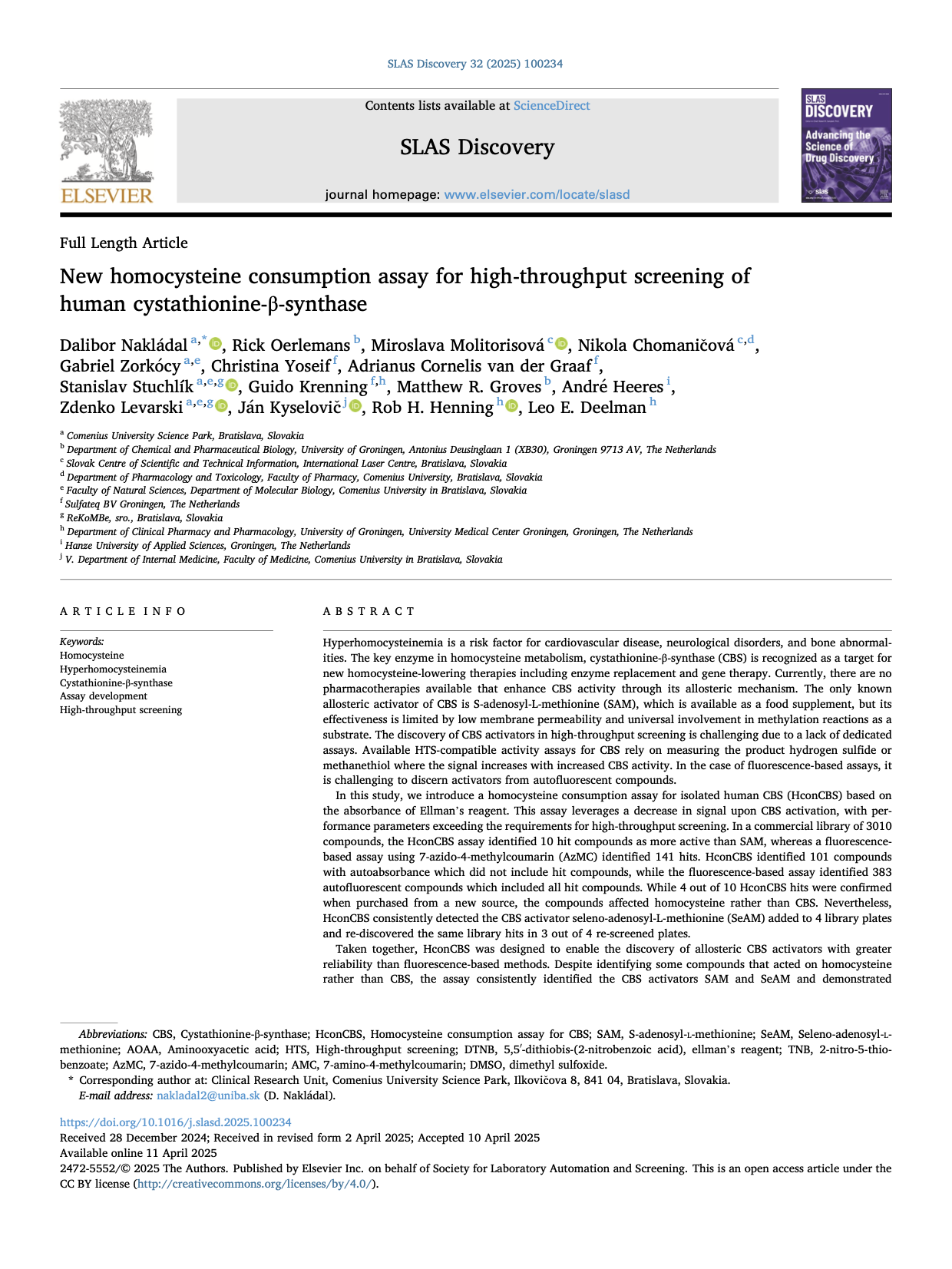
New homocysteine consumption assay for high-throughput screening of human cystathionine-β-synthase
Dalibor Nakladal et al., 2025
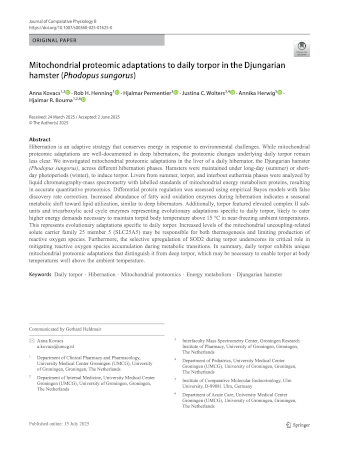
Mitochondrial proteomic adaptations to daily torpor in the Djungarian hamster (Phodopus sungorus)
Anna Kovacs et al., 2025
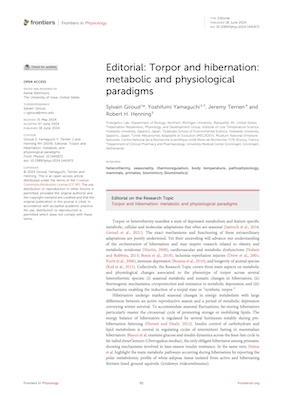
Torpor and hibernation: metabolic and physiological paradigms
Sylvain Giroud et al., 2024
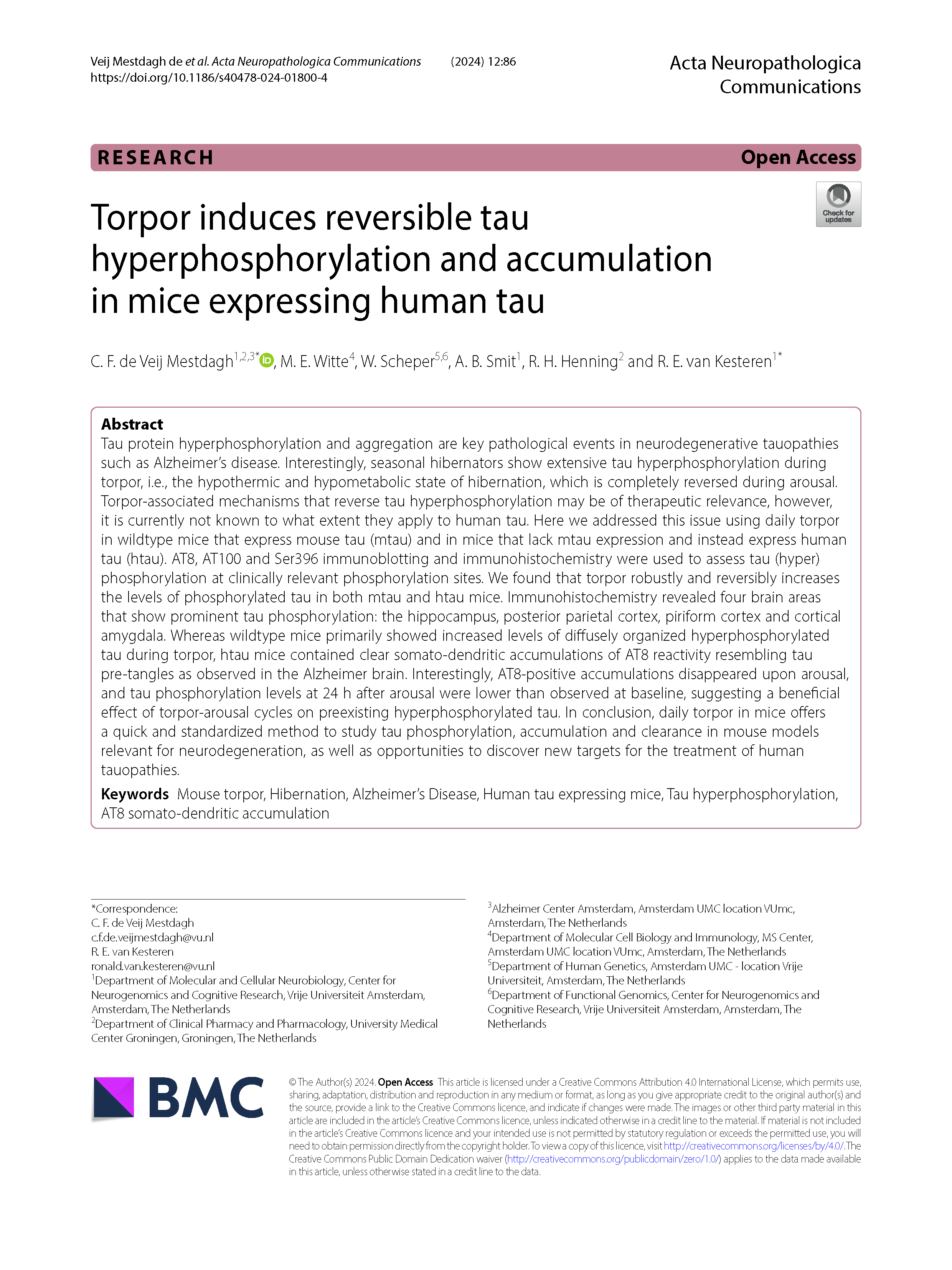
Torpor induces reversible tau hyperphosphorylation and accumulation in mice expressing human tau
Christine de Veij Mestdagh et al., 2024
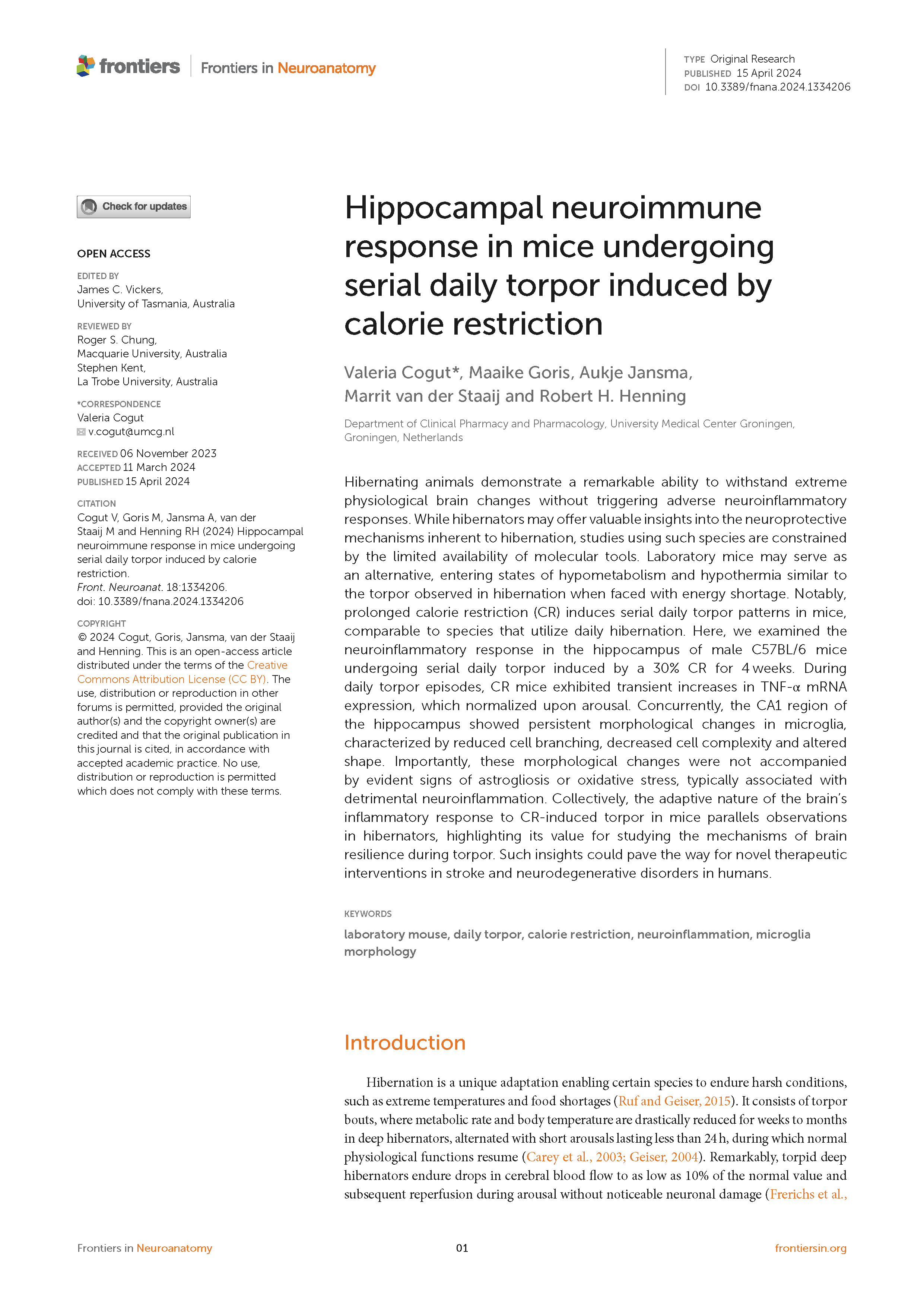
Hippocampal neuroimmune response in mice undergoing serial daily torpor induced by calorie restriction
Valeria Cogut et al., 2024
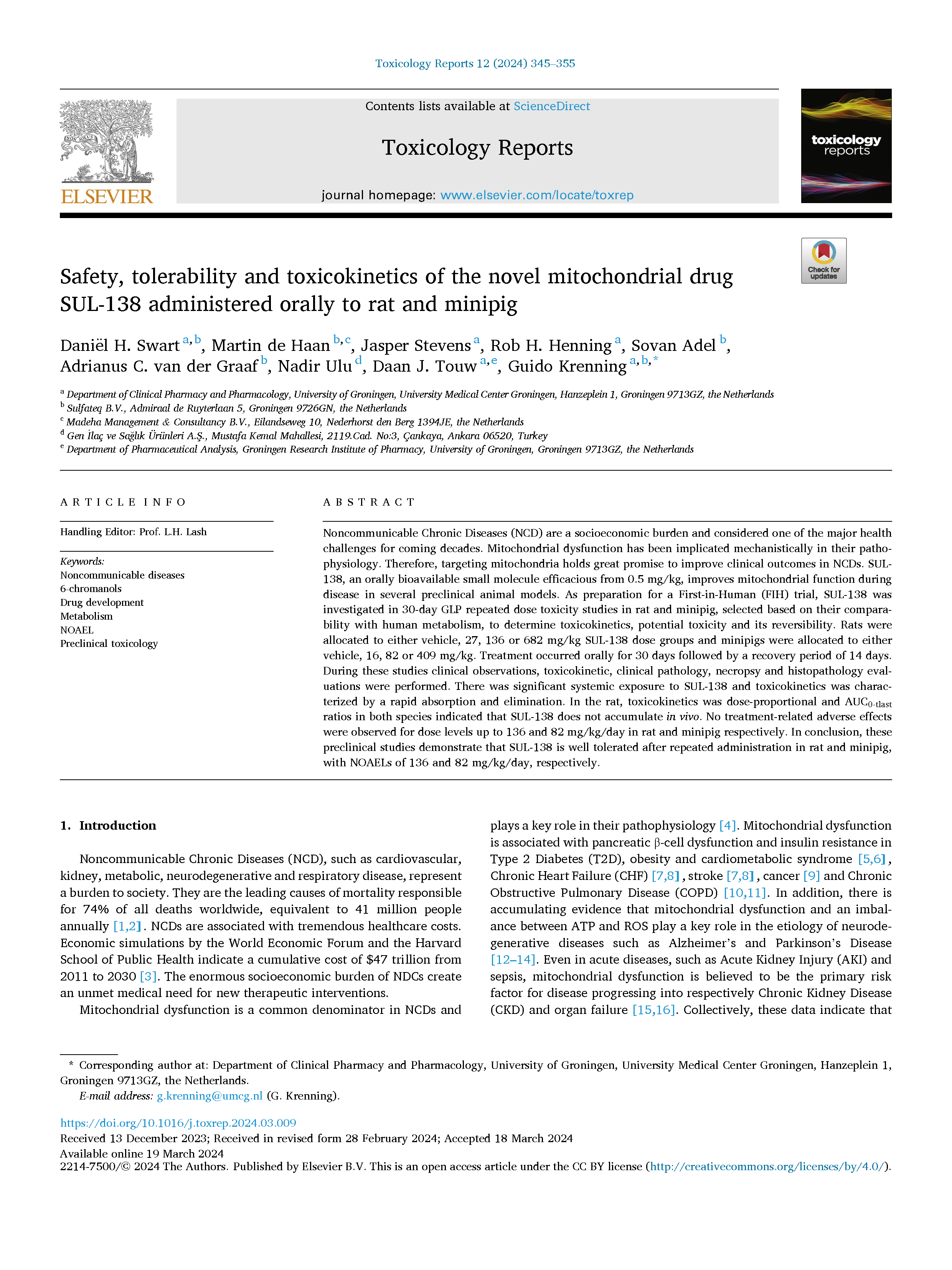
Safety, tolerability and toxicokinetics of the novel mitochondrial drug SUL-138 administered orally to rat and minipig
Daniël Swart et al., Toxicology Reports, 2024
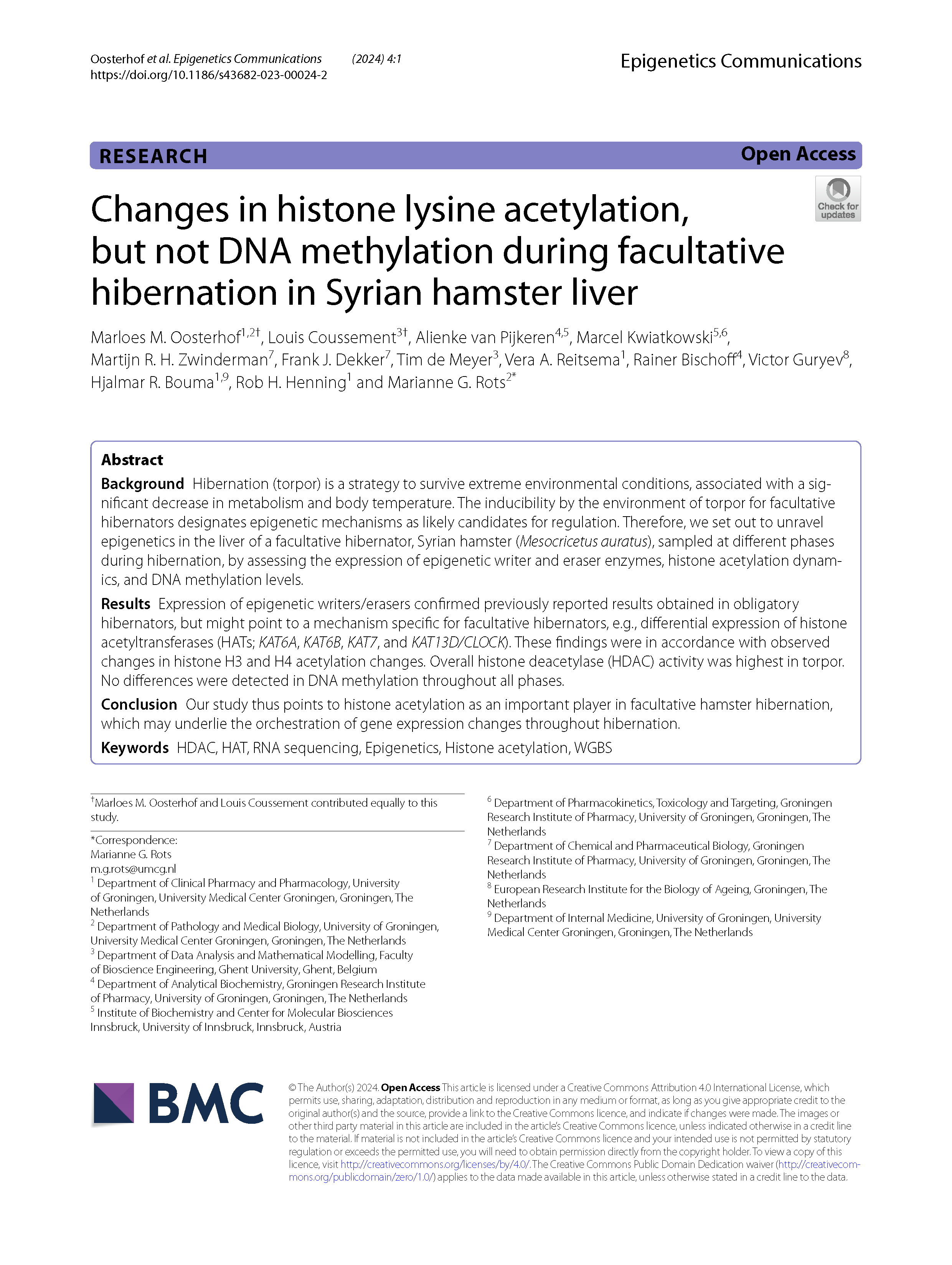
Changes in histone lysine acetylation, but not DNA methylation during facultative hibernation in Syrian hamster liver
Marloes Oosterhof et al., 2024
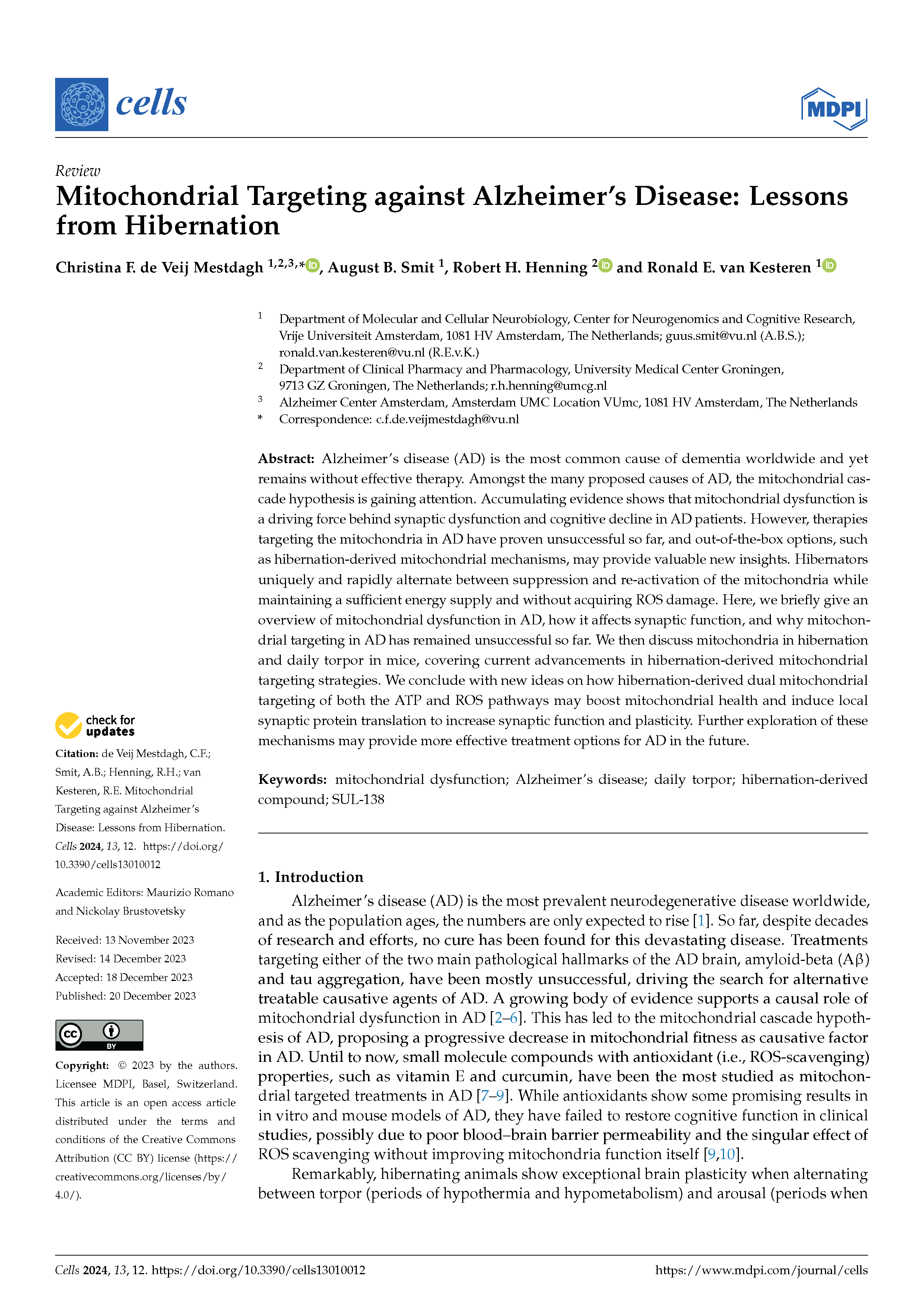
Mitochondrial Targeting against Alzheimer’s Disease: Lessons from Hibernation
Christine de Veij Mestdagh et al., 2024
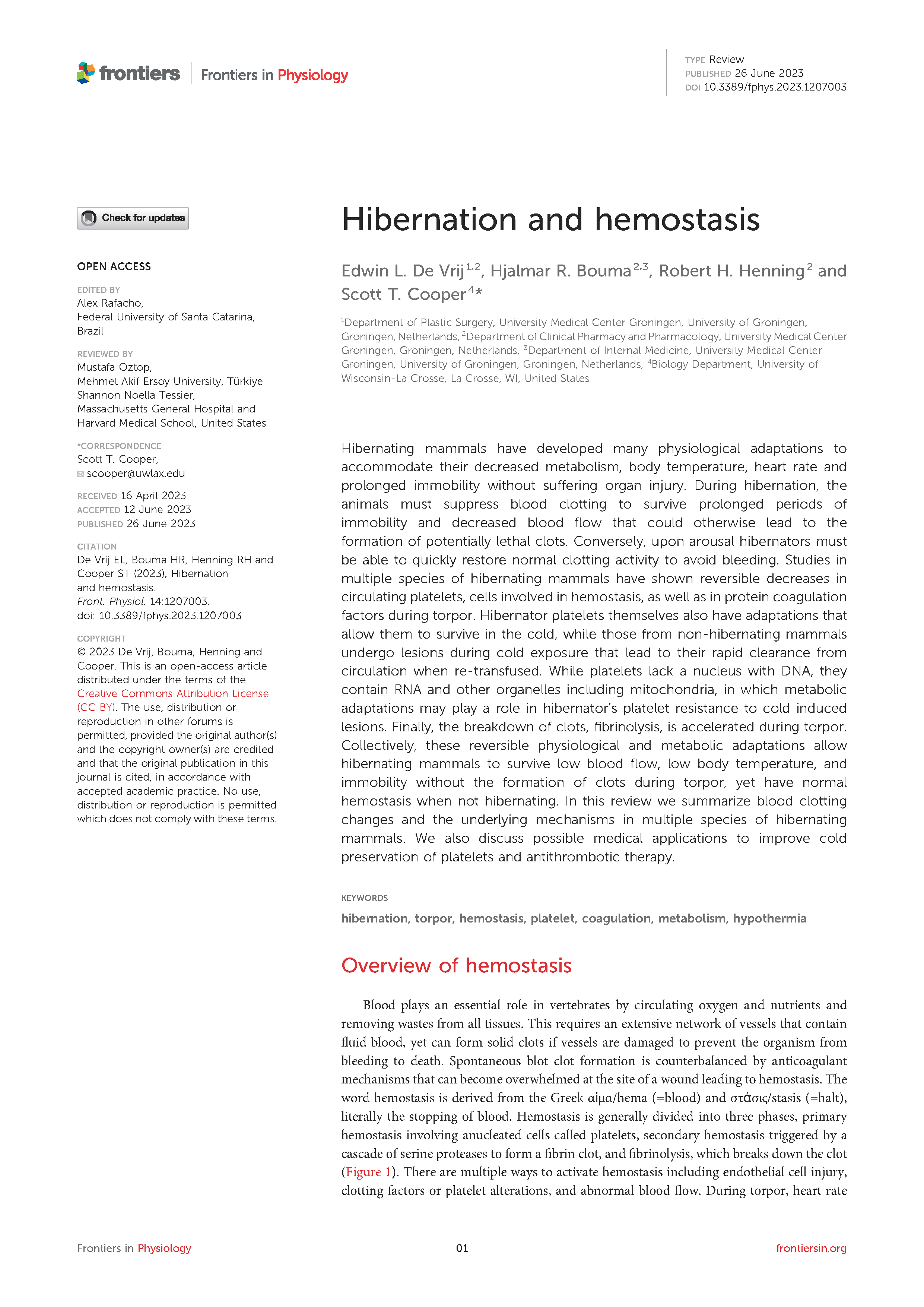
Hibernation and hemostasis
Edwin de Vrij et al., 2023
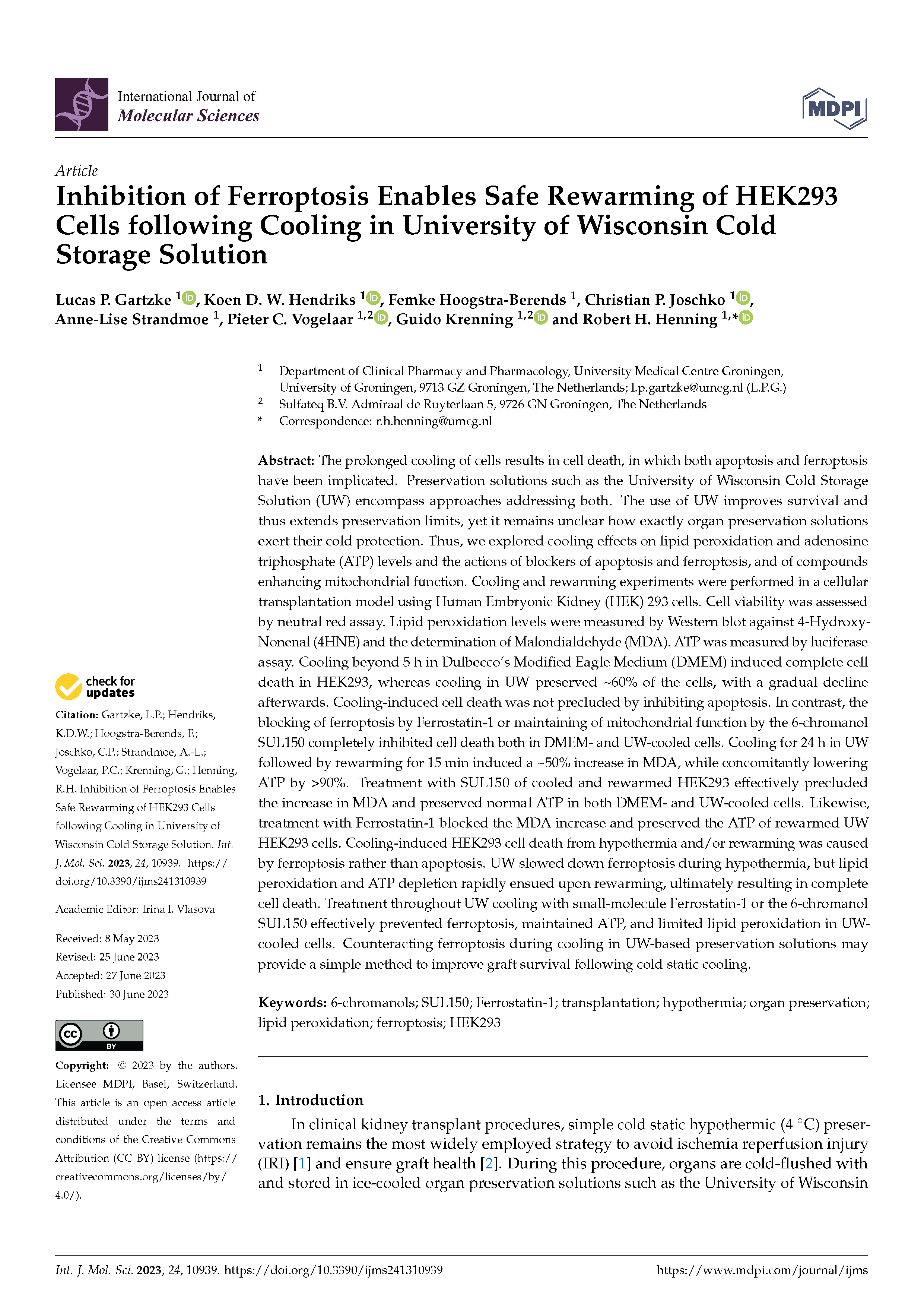
Inhibition of Ferroptosis Enables Safe Rewarming of HEK293 Cells following Cooling in University of Wisconsin Cold Storage Solution
Lucas Gartzke et al., 2023
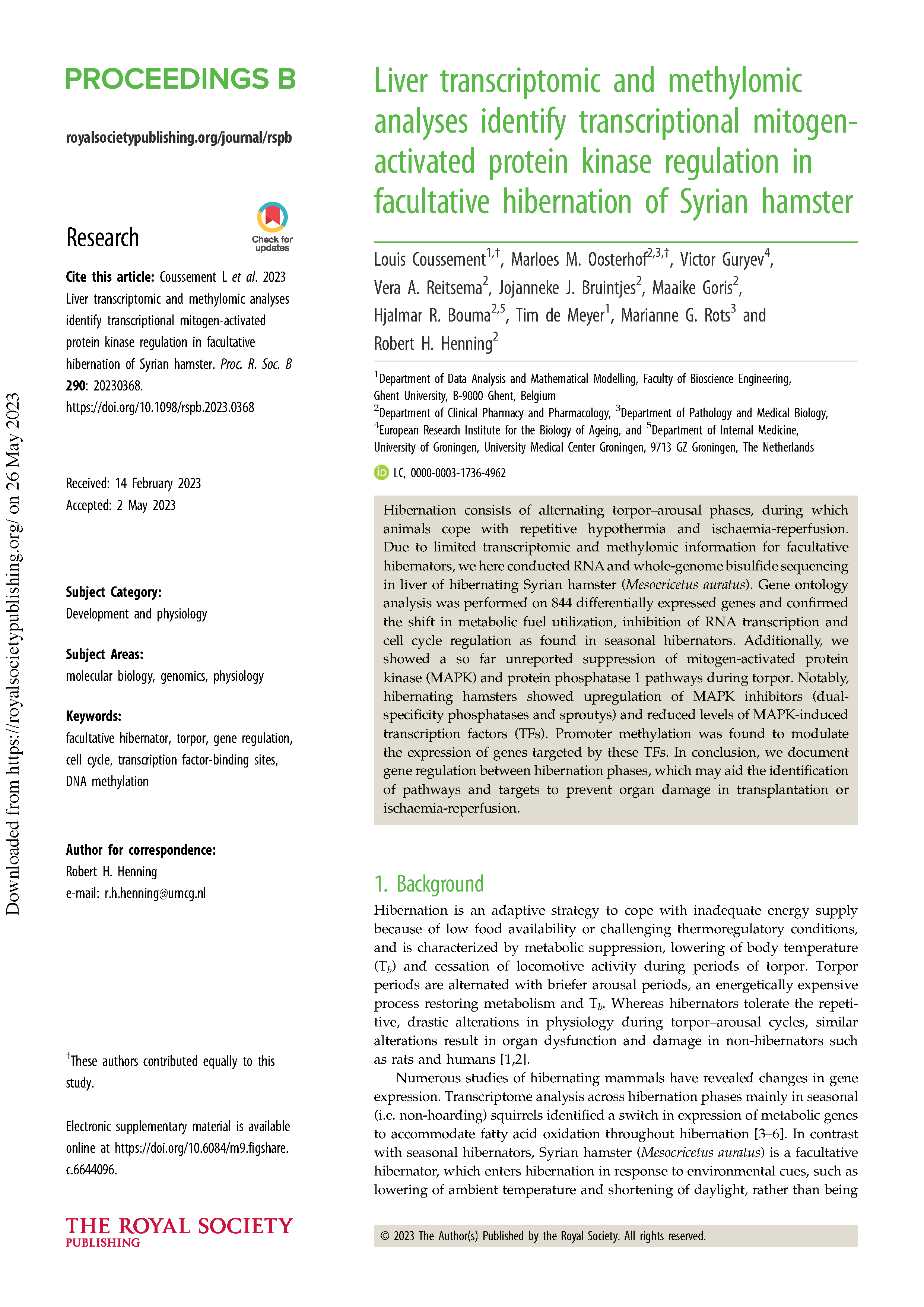
Liver transcriptomic and methylomic analyses identify transcriptional mitogen-activated protein kinase regulation in facultative hibernation of Syrian hamster
Louis Coussement et al., 2023
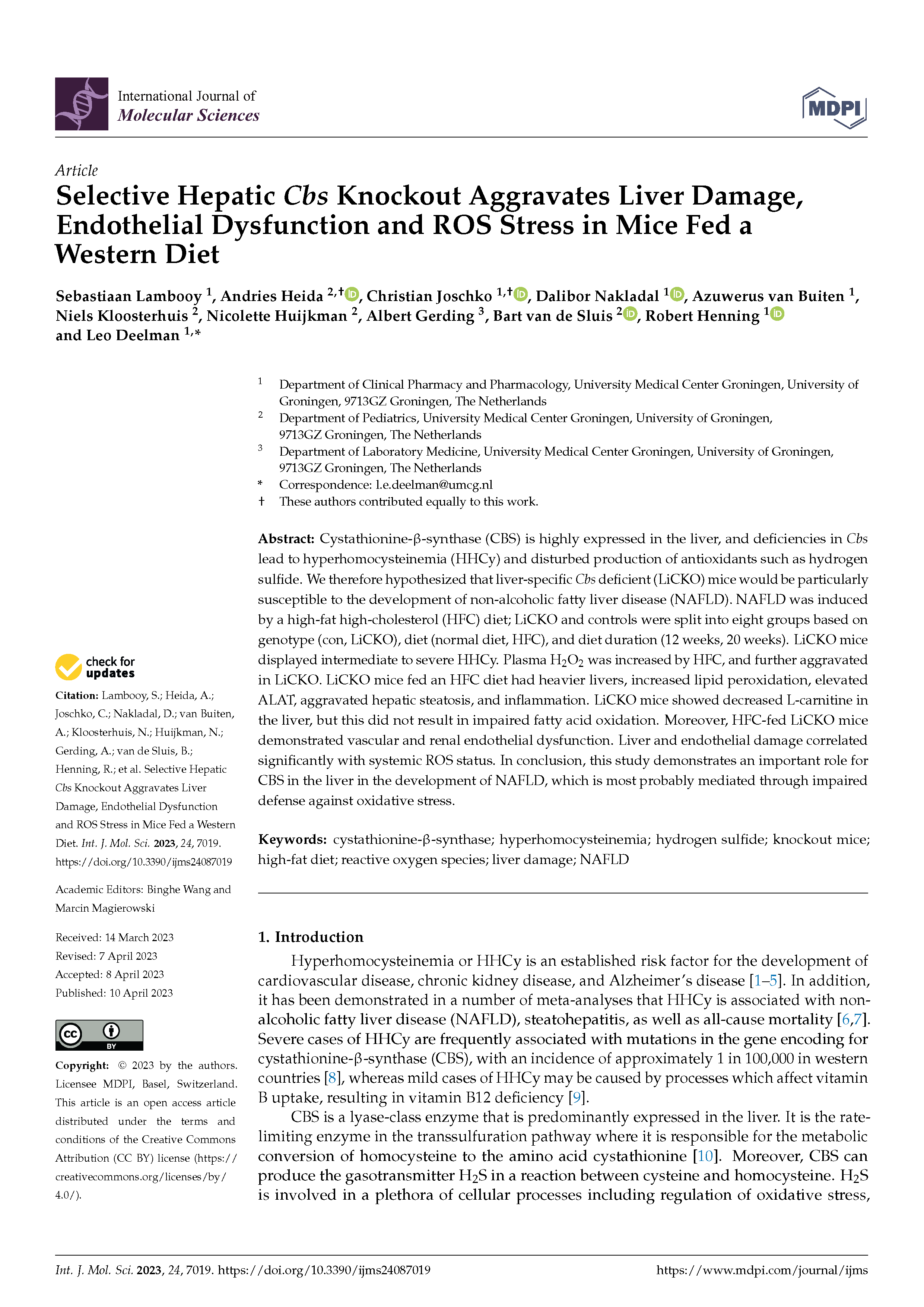
Selective Hepatic Cbs Knockout Aggravates Liver Damage, Endothelial Dysfunction and ROS Stress in Mice Fed a Western Diet
Sebastiaan Lambooy et al., 2023
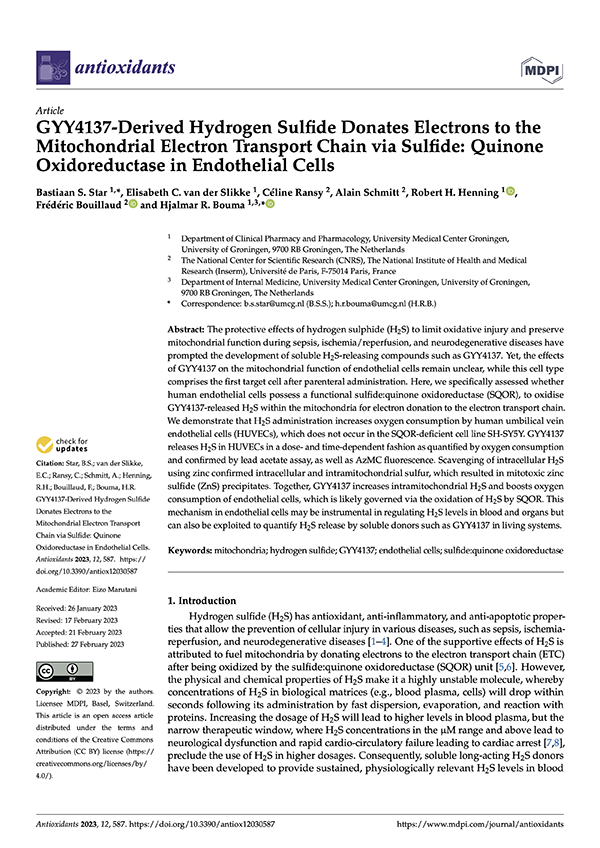
GYY4137-Derived Hydrogen Sulfide Donates Electrons to the Mitochondrial Electron Transport Chain via Sulfide:Quinone Oxidoreductase in Endothelial Cells
Bastiaan Star et al., 2023
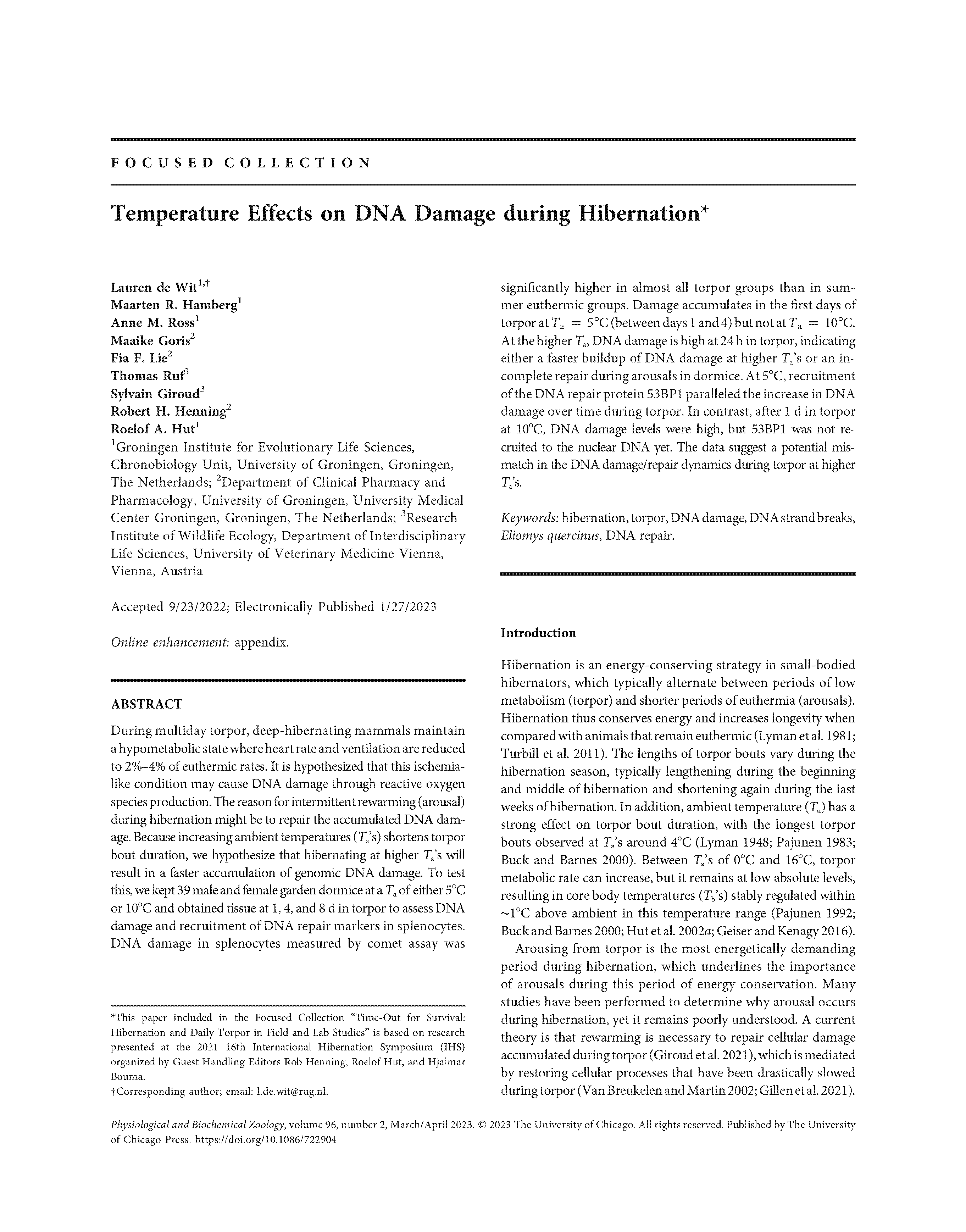
Temperature Effects on DNA Damage during Hibernation
Lauren de Wit et al., 2023
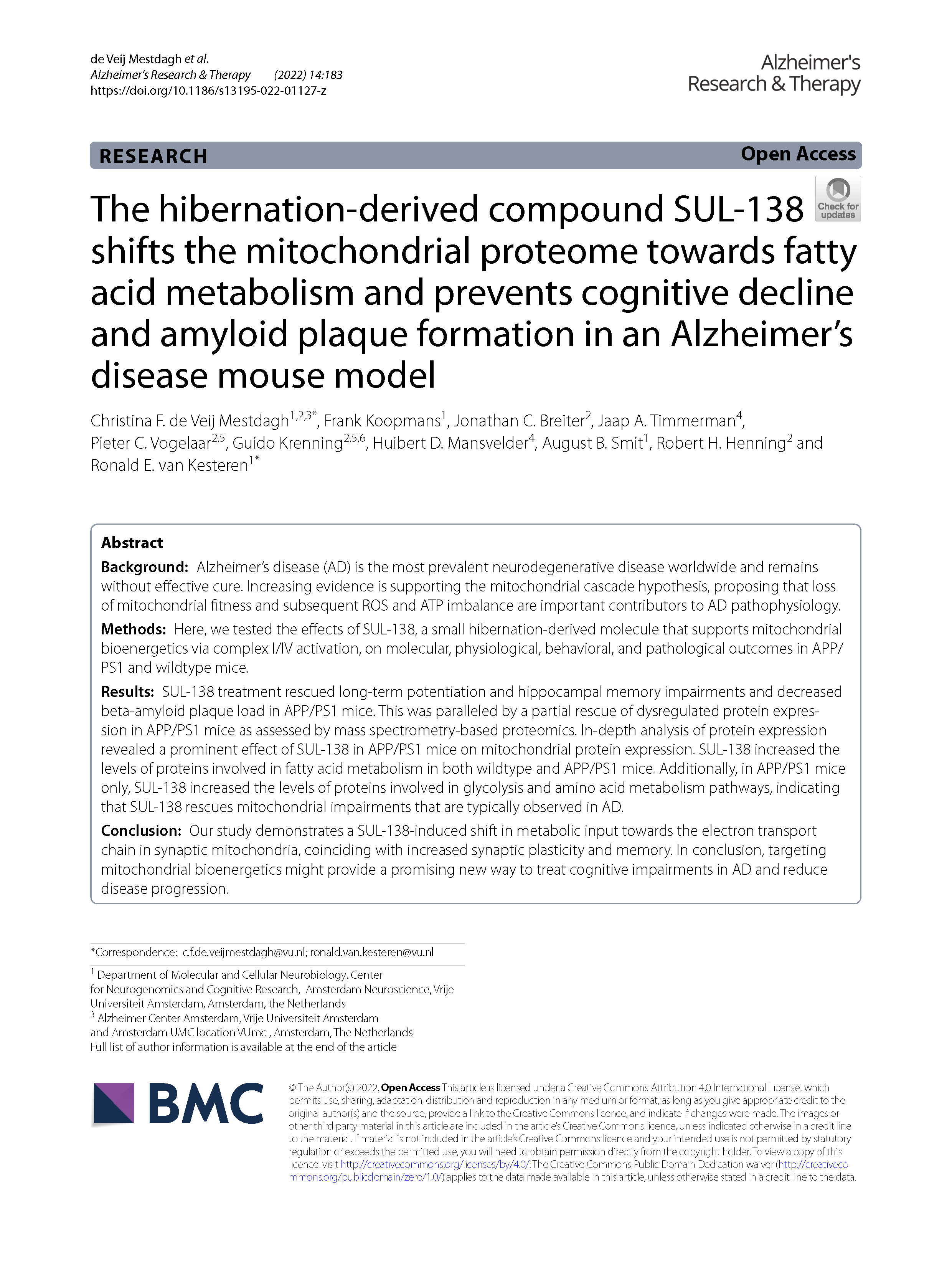
The hibernation‑derived compound SUL‑138 shifts the mitochondrial proteome towards fatty acid metabolism and prevents cognitive decline and amyloid plaque formation in an Alzheimer’s disease mouse model
Christine de Veij Mestdagh et al., 2022
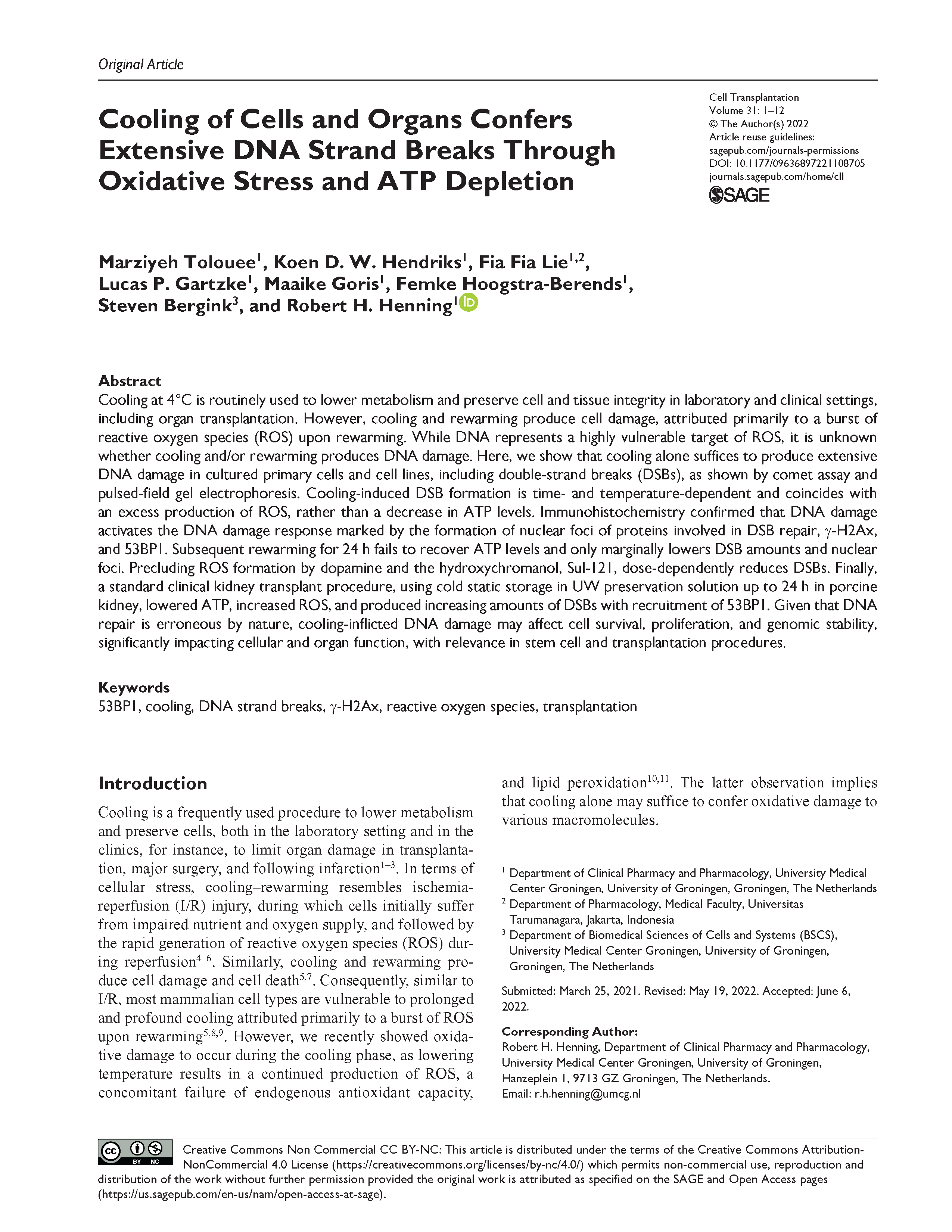
Cooling of Cells and Organs Confers Extensive DNA Strand Breaks Through Oxidative Stress and ATP Depletion
Marziyeh Tolouee et al., 2022
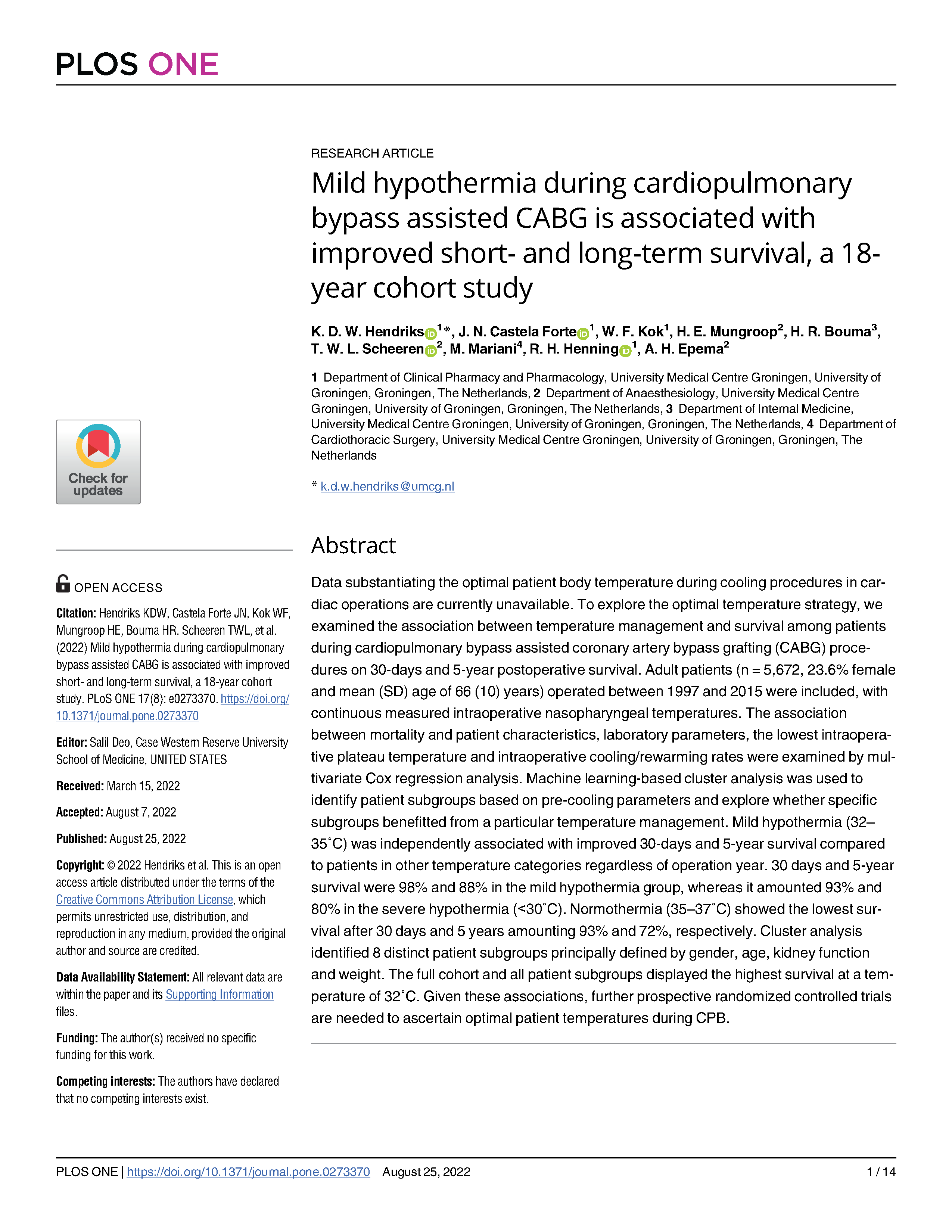
Mild hypothermia during cardiopulmonary bypass assisted CABG is associated with improved short- and long-term survival, a 18-year cohort study
Koen Hendriks et al., 2022
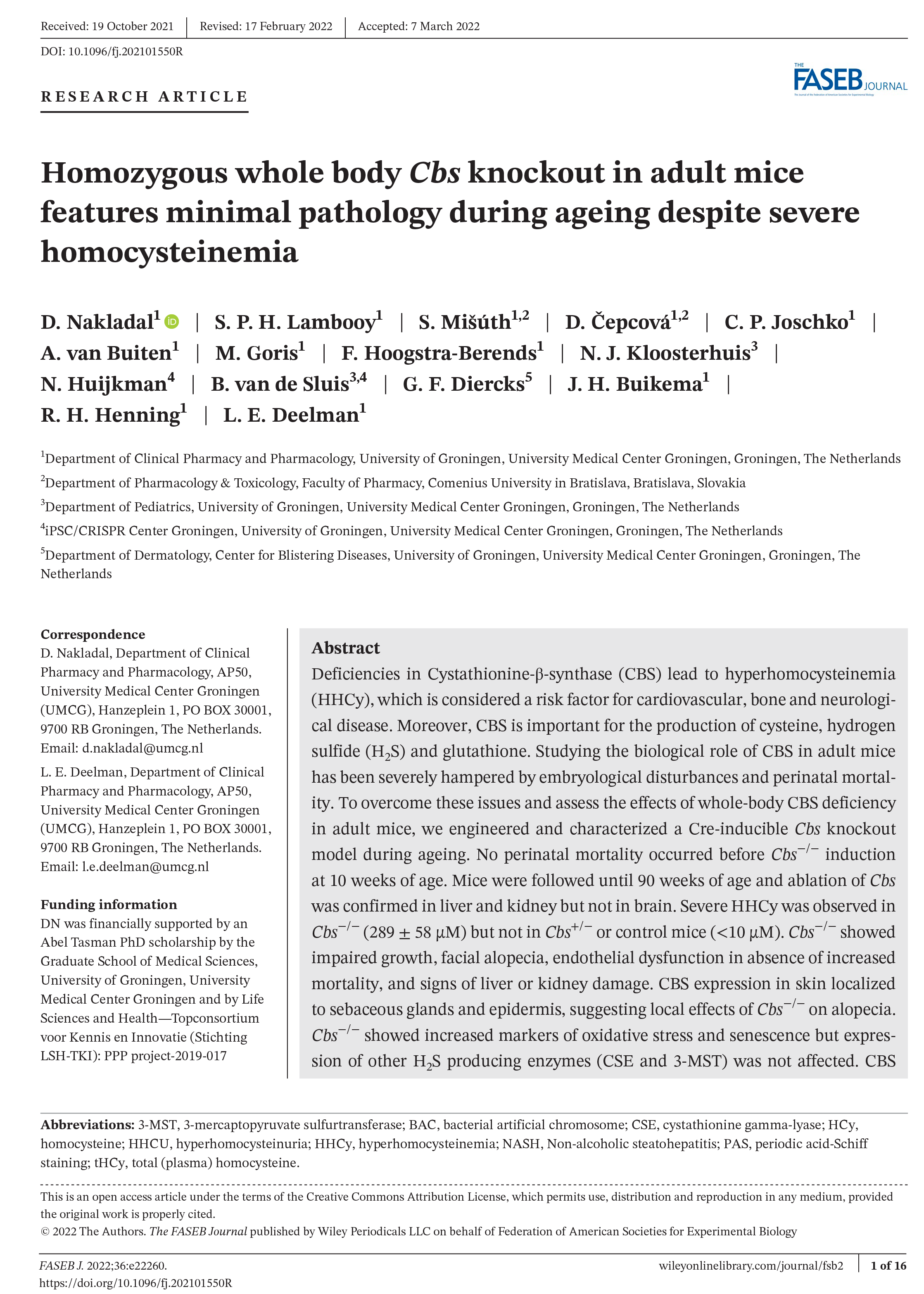
Homozygous whole body Cbs knockout in adult mice features minimal pathology during ageing despite severe homocysteinemia
Dalibor Nakladal et al., 2022

Torpor enhances synaptic strength and restores memory performance in a mouse model of Alzheimer’s disease
Christina de Veij Mestdagh et al., 2021
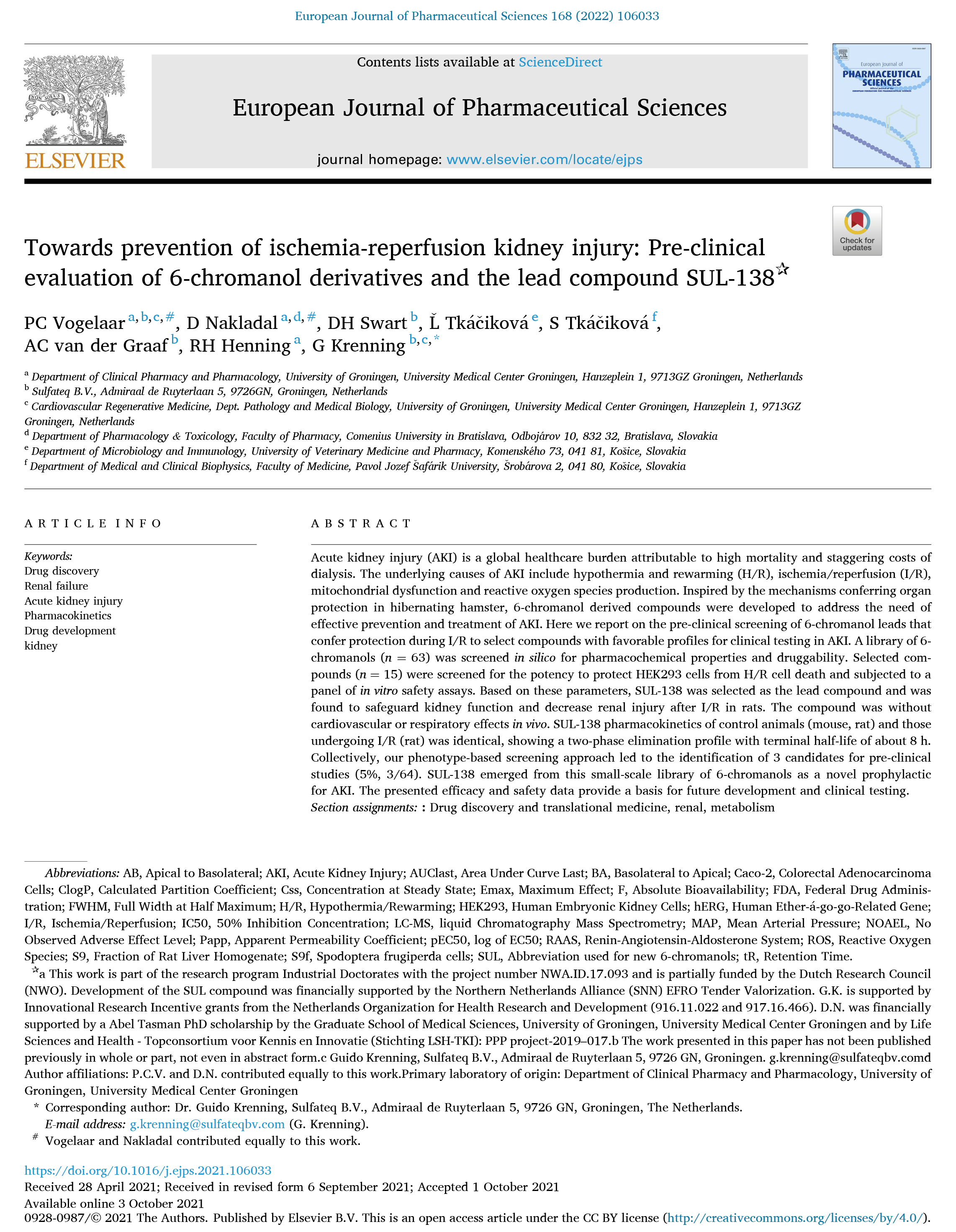
Towards prevention of ischemia-reperfusion kidney injury: Pre-clinical evaluation of 6-chromanol derivatives and the lead compound SUL-138
Pieter Vogelaar et al., 2021
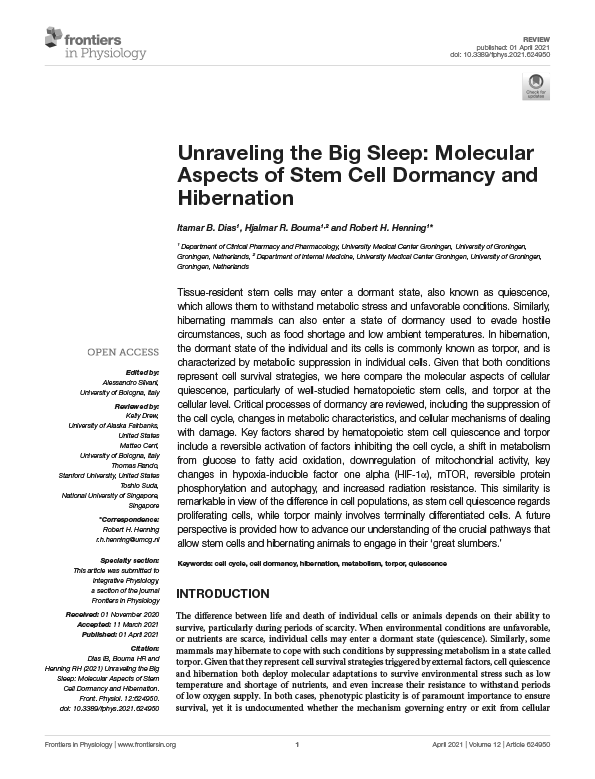
Unraveling the Big Sleep: Molecular Aspects of Stem Cell Dormancy and Hibernation
Itamar Dias et al., 2021
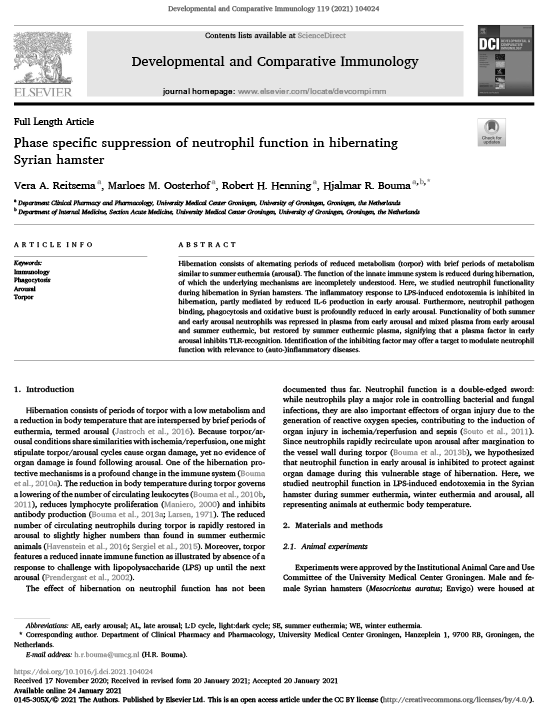
Phase specific suppression of neutrophil function in hibernating Syrian hamster
Vera Reitsema et al., 2021
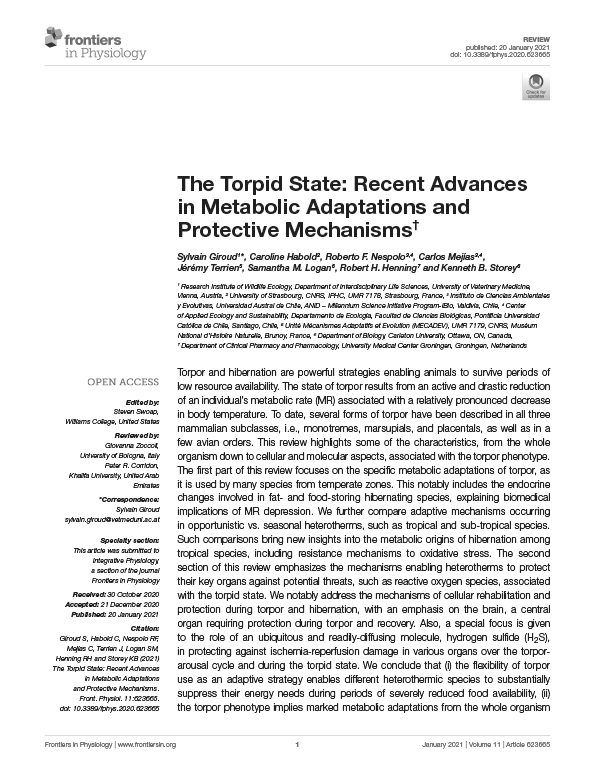
The Torpid State: Recent Advances in Metabolic Adaptations and Protective Mechanisms
Sylvain Giroud et al., 2021

Reversible thrombocytopenia during hibernation originates from storage and release of platelets in liver sinusoids
Edwin de Vrij et al., 2021
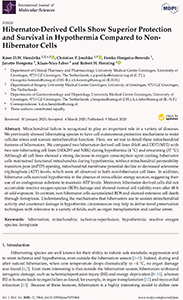
Hibernator-Derived Cells Show Superior Protection and Survival in Hypothermia Compared to Non-Hibernator Cells
Koen Hendriks et al., 2020
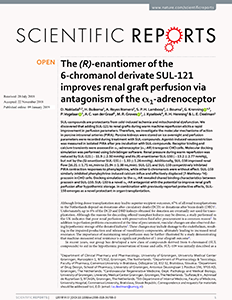
The (R)-enantiomer of the 6-chromanol derivate SUL-121 improves renal graft perfusion via antagonism of the α1-adrenoceptor
Dalibor Nakladal et al., 2019
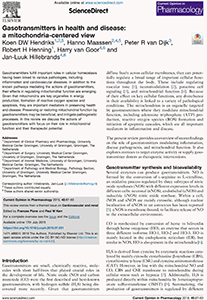
Gasotransmitters in health and disease: a mitochondria-centered view
Koen Hendriks et al., 2019
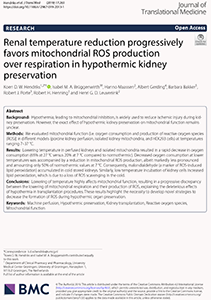
Renal temperature reduction progressively favors mitochondrial ROS production over respiration in hypothermic kidney preservation
Koen Hendriks et al., 2019
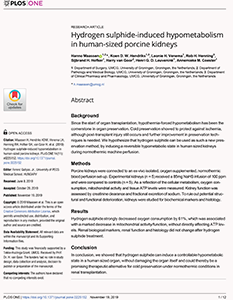
Hydrogen sulphide-induced hypometabolism in human-sized porcine kidneys
Hanno Maassen et al., 2019
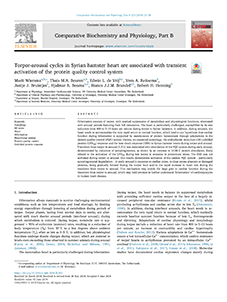
Torpor-arousal cycles in Syrian hamster heart are associated with transient activation of the protein quality control system
Marit Wiersma et al., 2018
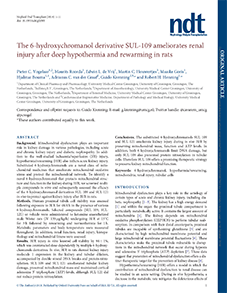
The 6-hydroxychromanol derivative SUL-109 ameliorates renal injury after deep hypothermia and rewarming in rats
Pieter Vogelaar et al., 2018
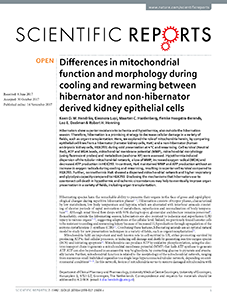
Differences in mitochondrial function and morphology during cooling and rewarming between hibernator and non-hibernator derived kidney epithelial cells
Koen Hendriks et al., 2017
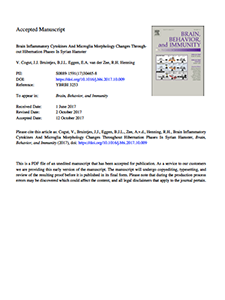
Brain Inflammatory Cytokines And Microglia Morphology Changes Throughout Hibernation Phases In Syrian Hamster
Valeria Cogut et al., 2017
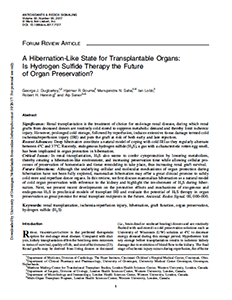
A Hibernation-Like State for Transplantable Organs: Is Hydrogen Sulfide Therapy the Future of Organ Preservation?
George J. Dugbartey et al., 2017
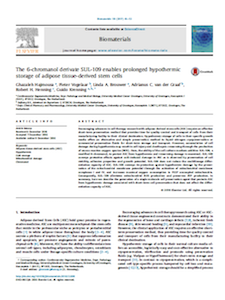
The 6-chromanol derivate SUL-109 enables prolonged hypothermic storage of adipose tissue-derived stem cells
Ghazaleh Hajmousa et al., 2017
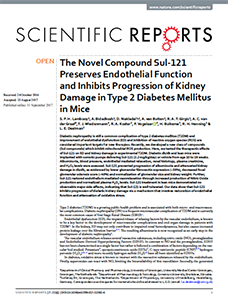
The Novel Compound Sul-121 Preserves Endothelial Function and Inhibits Progression of Kidney Damage in Type 2 Diabetes Mellitus in Mice
Sebastian P.H. Lambooy et al., 2017
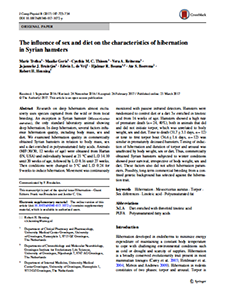
The influence of sex and diet on the characteristics of hibernation in Syrian hamsters
Marie Trefna et al., 2015
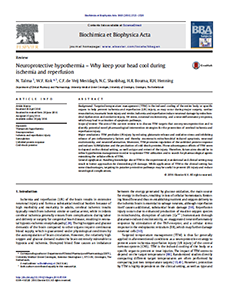
Neuroprotective hypothermia – Why keep your head cool during ischemia and reperfusion
Nienke Talma et al., 2015
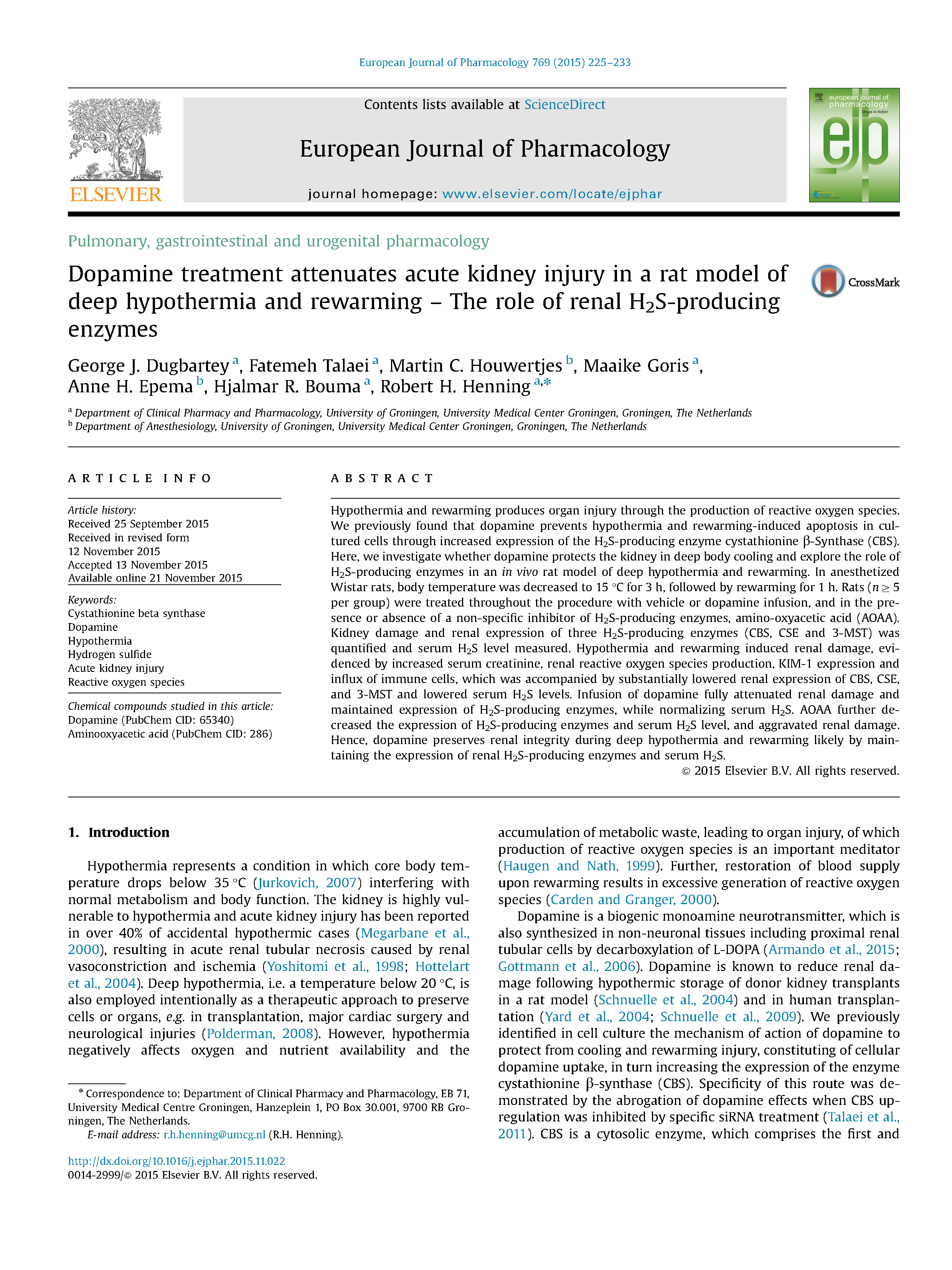
Dopamine treatment attenuates acute kidney injury in a rat model of deep hypothermia and rewarming – The role of renal H2S-producing enzymes
George J. Dugbartey et al., 2015
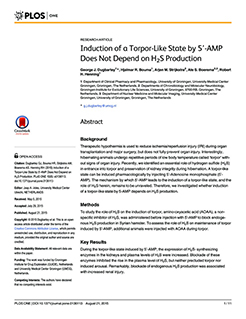
Induction of a Torpor-Like State by 5’-AMP Does Not Depend on H2S Production
George J. Dugbartey et al., 2015
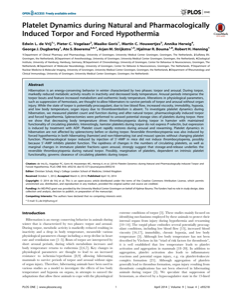
Platelet Dynamics during Natural and Pharmacologically Induced Torpor and Forced Hypothermia
Edwin L. de Vrij et al., 2014
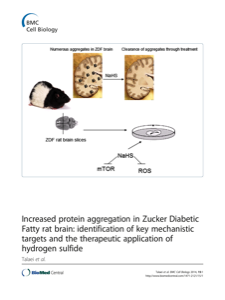
Increased protein aggregation in Zucker Diabetic Fatty rat brain: identification of key mechanistic targets and the therapeutic application of hydrogen sulfide
Fatemeh Talaei et al., 2014
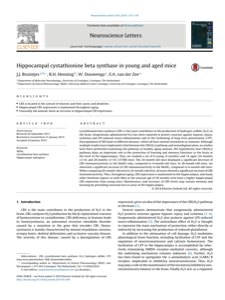
Hippocampal cystathionine beta synthase in young and aged mice
Jojanneke Bruintjes et al., 2014
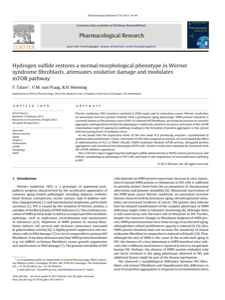
Hydrogen sulfide restores a normal morphological phenotype in Wernersyndrome fibroblasts, attenuates oxidative damage and modulates mTOR pathway
Fatemeh Talaei et al., 2013
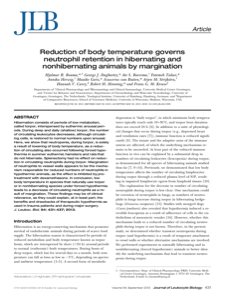
Reduction of body temperature governs neutrophil retention in hibernating and nonhibernating animals by margination
Hjalmar R. Bouma et al., 2013
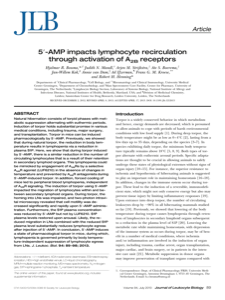
5'-AMP impacts lymphocyte recirculation through activation of A2B receptors
Hjalmar R. Bouma et al., 2013
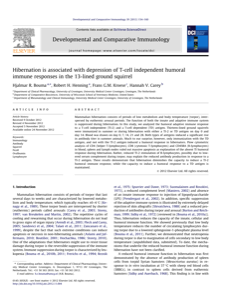
Hibernation is associated with depression of T-cell independent humoral immune responses in the 13-lined ground squirrel
Hjalmar R. Bouma et al., 2013
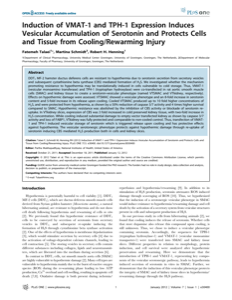
Induction of VMAT-1 and TPH-1 Expression Induces Vesicular Accumulation of Serotonin and Protects Cells and Tissue from Cooling/Rewarming Injury
Fatemeh Talaei et al., 2012
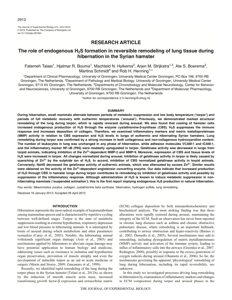
The role of endogenous H2S formation in reversible remodeling of lung tissue during hibernation in the Syrian hamster
Fatemeh Talaei et al., 2012

Induction of Torpor: Mimicking Natural Metabolic Suppression for Biomedical Applications
Hjalmar R. Bouma et al., 2012
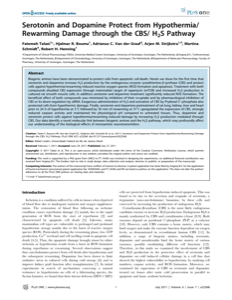
Serotonin and Dopamine Protect from Hypothermia/Rewarming Damage through the CBS/H2S Pathway
Fatemeh Talaei et al., 2011
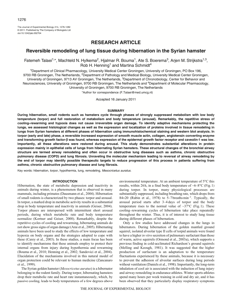
Reversible remodeling of lung tissue during hibernation in the Syrian hamster
Fatemeh Talaei et al., 2011

Low body temperature governs the decline of circulating lymphocytes during hibernation through sphingosine-1-phosphate
Hjalmar R. Bouma et al., 2011
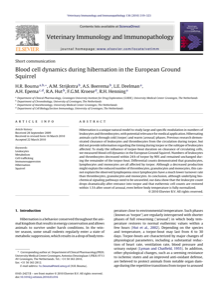
Blood cell dynamics during hibernation in the European Ground Squirrel
Hjalmar R. Bouma et al., 2010
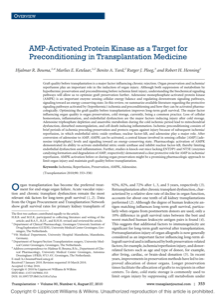
AMP-Activated Protein Kinase as a Target for Preconditioning in Transplantation Medicine
Hjalmar R. Bouma et al., 2010
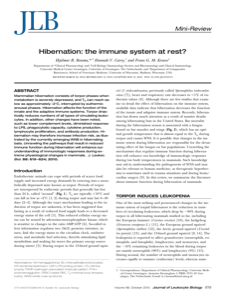
Hibernation: the immune system at rest?
Hjalmar R. Bouma et al., 2010
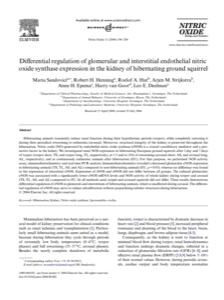
Differential regulation of glomerular and interstitial endothelial nitric oxide synthase expression in the kidney of hibernating ground squirrel
Maria Sandovici et al., 2004

Normalization of aortic function during arousal episodes in the hibernating ground squirrel
Rob H. Henning et al., 2002

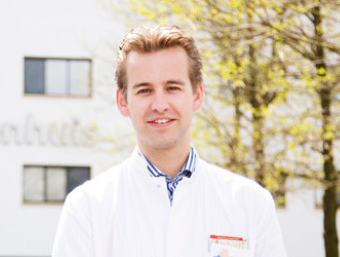
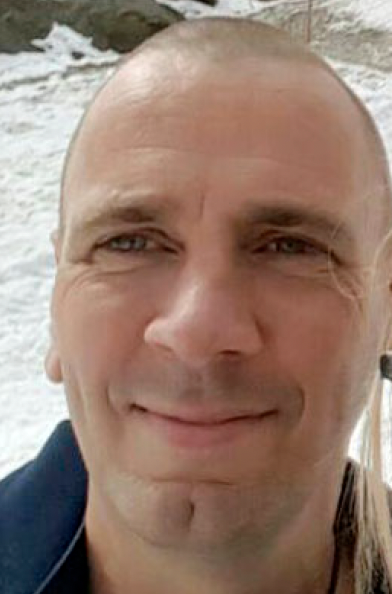




Ideas and comments are welcomed
Department of Clinical Pharmacy and Pharmacology, AP50
University Medical Center Groningen
Hanzeplein 1, 9713 GZ Groningen, The Netherlands
+31 (50) 361 7870